Rising Construction Activities
The Joint Sealant Market is experiencing a notable surge due to increasing construction activities across various sectors. As urbanization accelerates, the demand for residential, commercial, and industrial buildings rises, necessitating effective sealing solutions. In 2025, the construction sector is projected to grow at a compound annual growth rate of approximately 5.5%, which directly influences the demand for joint sealants. These materials are essential for ensuring structural integrity and energy efficiency in buildings. Furthermore, the expansion of infrastructure projects, such as roads and bridges, further propels the need for high-performance sealants. This trend indicates a robust market potential for joint sealants, as they play a critical role in enhancing durability and longevity in construction applications.
Increased Focus on Energy Efficiency
The Joint Sealant Market is significantly influenced by the growing emphasis on energy efficiency in building designs. As energy costs continue to rise, there is a pressing need for materials that minimize energy loss. Joint sealants contribute to this objective by providing airtight seals that prevent air leakage, thereby enhancing the overall energy performance of buildings. In 2025, it is estimated that energy-efficient buildings will account for over 30% of new constructions, driving the demand for advanced sealant solutions. This trend is further supported by various governmental regulations and incentives aimed at promoting sustainable building practices. Consequently, the joint sealant market is likely to benefit from this shift towards energy-efficient construction, as builders increasingly seek materials that align with these sustainability goals.
Growing Demand from Automotive Sector
The Joint Sealant Market is significantly bolstered by the growing demand from the automotive sector. As vehicle manufacturers strive for improved performance and durability, the need for high-quality sealants has become paramount. Joint sealants are utilized in various automotive applications, including body assembly, windshields, and engine components, where they provide essential sealing solutions. In 2025, the automotive segment is projected to account for a substantial share of the joint sealant market, driven by the increasing production of electric and hybrid vehicles. These vehicles often require specialized sealants to enhance energy efficiency and reduce weight. This trend indicates a promising outlook for the joint sealant market, as automotive manufacturers increasingly prioritize advanced sealing technologies.
Expansion of Infrastructure Development
The Joint Sealant Market is poised for growth due to the expansion of infrastructure development projects worldwide. Governments are increasingly investing in infrastructure to support economic growth and improve public services. This trend encompasses a wide range of projects, including highways, bridges, and public transportation systems, all of which require effective sealing solutions to ensure longevity and safety. In 2025, infrastructure spending is expected to reach unprecedented levels, with a significant portion allocated to maintenance and upgrades. This surge in infrastructure development is likely to drive the demand for joint sealants, as they are critical in preventing water ingress and enhancing structural integrity. Consequently, the joint sealant market is well-positioned to capitalize on this trend, as the need for reliable sealing solutions becomes more pronounced.
Technological Innovations in Sealant Formulations
The Joint Sealant Market is witnessing a transformation driven by technological innovations in sealant formulations. Recent advancements have led to the development of high-performance sealants that offer superior adhesion, flexibility, and durability. These innovations are particularly relevant in sectors such as automotive and aerospace, where stringent performance standards are required. In 2025, the market for advanced sealants is expected to grow by approximately 7%, reflecting the increasing adoption of these innovative products. Manufacturers are investing in research and development to create sealants that can withstand extreme environmental conditions, thereby expanding their applicability. This trend suggests that the joint sealant market will continue to evolve, with a focus on enhancing product performance and meeting the diverse needs of various industries.


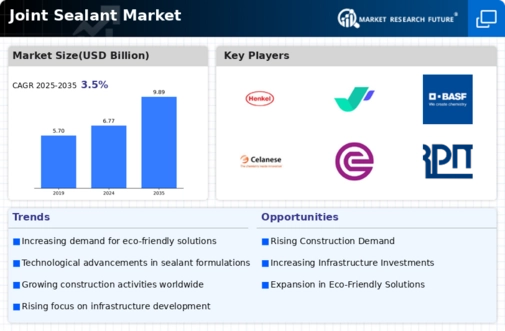
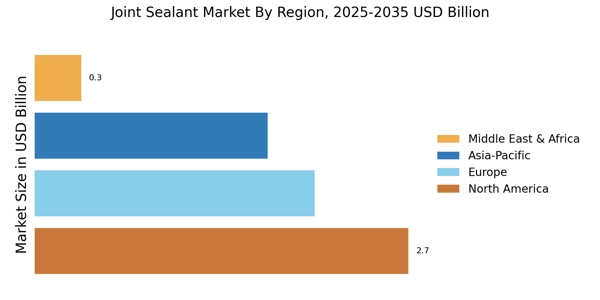
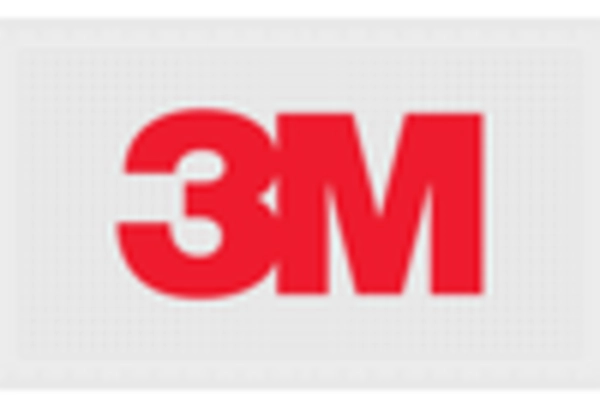

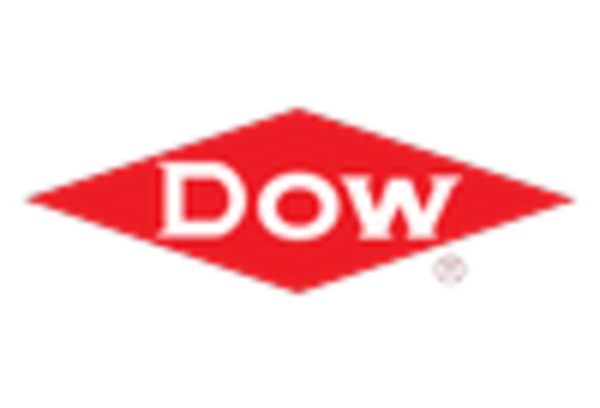
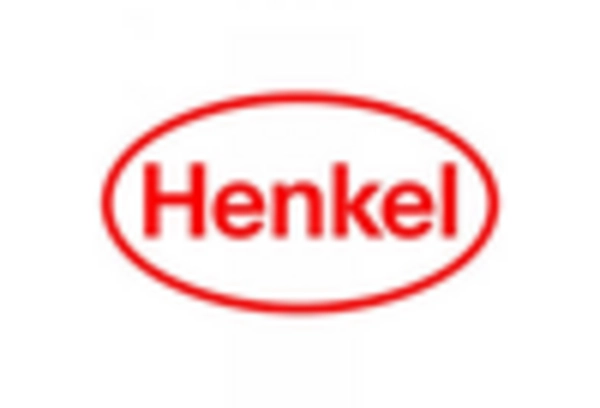

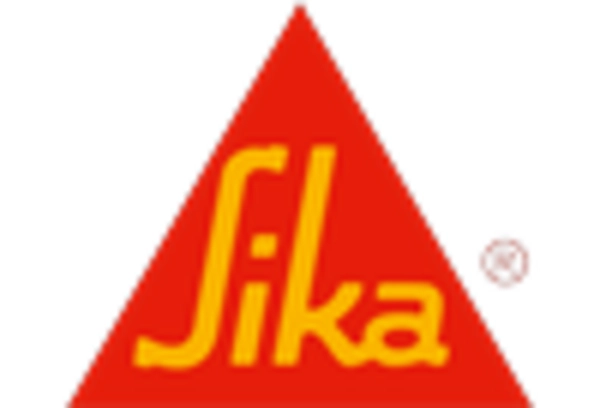








Leave a Comment